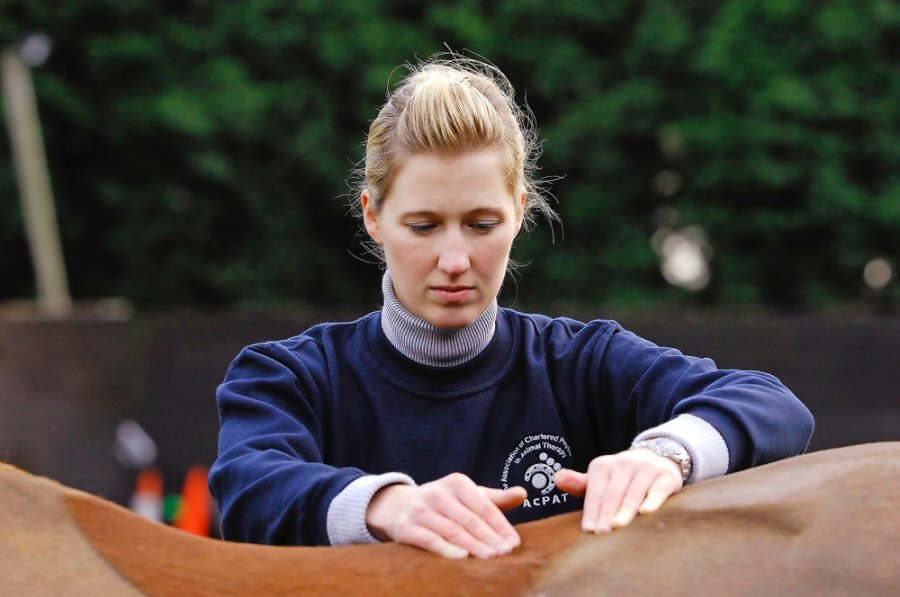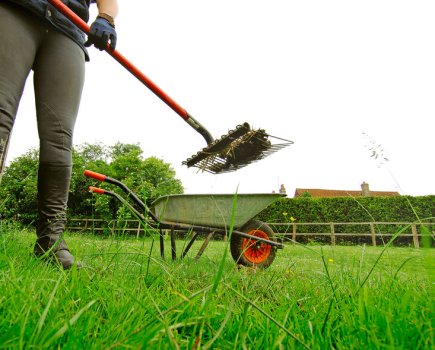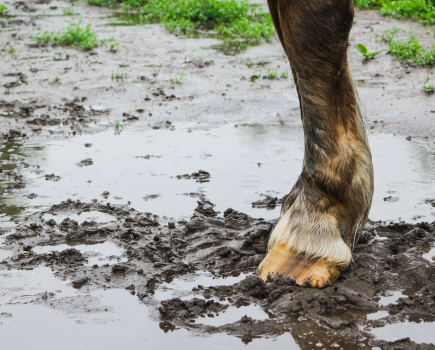There’s such a thing as ‘too much of a good thing’, and it’s true in many aspects of life. One of which is rehabilitating a horse. Depending on what injury or issue you’re dealing with, and at what stage in the process you’re at, you might feel like you’re not doing enough with your horse. But the key to success is to not overdo it.
On the Horse & Country Stage at Your Horse Live, presenter Jenny Ruddall posed a question to veterinary physiotherapist Hannah Hartop: can a physiotherapist do too much?
“I’ve had some very good physios and osteos in the past. One person treated him, and I’m not joking, for about a week he felt so much worse,” she said, referring to her horse. “Why was he so bad? I feel like the physio did too much – is that a thing? I felt like he couldn’t handle what the physio did.”
“I remember before I trained to be a physio thinking ‘that person doesn’t look like they’re doing anything, I’m going to be one of those people who goes in and does stuff’. But then you think that horse is probably sore, they don’t need all that at once,” said Hannah. “It’s better to keep it regular, leave owners with homework – we’re peeling the onion, not just chopping it in half and looking inside.”
There are a few reasons why it’s better to take a soft and gentle approach to rehabilitation, as Hannah explained.
1. Treatment modalities aren’t one size fits all
We’re all individuals, and what works for one won’t work for others.
“Some horses don’t like certain treatment methods,” said Hannah. “As a person, I’m a huge advocate of chiropractic work. I have chiropractic work done on myself, as well as physiotherapy. I’ve got a friend who can’t go anywhere near a chiropractor, it makes her feel awful.”
2. The horse’s compensatory mechanisms have been disrupted
If a horse has been dealing with pain or discomfort for some time, it’s no surprise they will have learned to cope with this by making adjustments within their body. For example, if we sprain our ankle, we load more weight through the other limb and limp, and doing this for extended periods of time will leave us unbalanced, even when the ankle has recovered. It’s the same for our horses.
“I deal with horses with a lot of issues, which they have built up compensatory mechanisms for which work very well for them,” explained Hannah. “If you go in and suddenly mess with those in a big way, that poor horse no longer knows how to carry themselves and what they should be doing.
“Really, if you’re going to do that, there needs to be more of a plan in place of how to get that horse from that position to this, rather than trying to do it within one session and leaving the owner wondering what happened.”
Hannah stressed the importance of the owner’s role in rehabilitation and treatments.
“You think what I do is magic, but 90% of the work that we do is leaving owners with rehabilitation techniques. This means going forwards that next time I come out there’s an improvement,” said Hannah. “Even if that means me saying do this or that.”
3. Issues are rarely isolated
Unfortunately, when issues crop up, they are rarely isolated. Horses are very good at coping with injuries, but the compensations they develop can cause further detriment down the road. For example, a horse with kissing spines may also have issues with their hocks because of how they have changed their movement patterns, which means rehab isn’t straightforward.
“The rehabilitation for kissing spines used to be lungeing a horse in a Pessoa. That was the genuine prescriptive rehabilitation programme, which is not wrong if you are only dealing with kissing spines, which you are normally not,” cautioned Hannah.
4. Setting up practical expectations
Whilst physiotherapy treatments can go a long way to helping your horse feel more comfortable by easing restrictions, that doesn’t mean they’ll be ready to fly around a cross country course, compete at grand prix or jump foxhunters the next day.
“It’s about trying to find a way to get a horse from here to there and have practical expectations,” said Hannah. “If you turned around and said ‘I’m going training with Charlotte [Dujardin] on Thursday’ then we probably have to have a conversation about where the horse is at and where you’re at. It’s about managing that expectation.”
5. Is the horse’s job right for them?
We might want to jump or do dressage, but is that the right job for our horse?
“I see a lot of horses where fundamentally the problem is that they are being used for a job that conformationally they’re not to do,” explained Hannah. “If we can change the rider’s expectations, make the horse’s life a little easier, then a lot of those issues will go away.”
Meet the expert: Hannah Hartop graduated from Harper Adams University with an MSc in Veterinary Physiotherapy. Prior to this she worked in a specialist equine veterinary referral clinic for kissing spines and other orthopaedic conditions. She practises as part of Vet Physio UK, a group of veterinary physiotherapists collaborating and supporting each other to cover a large area of the UK.
Receive six issues of Your Horse magazine for just £15!








